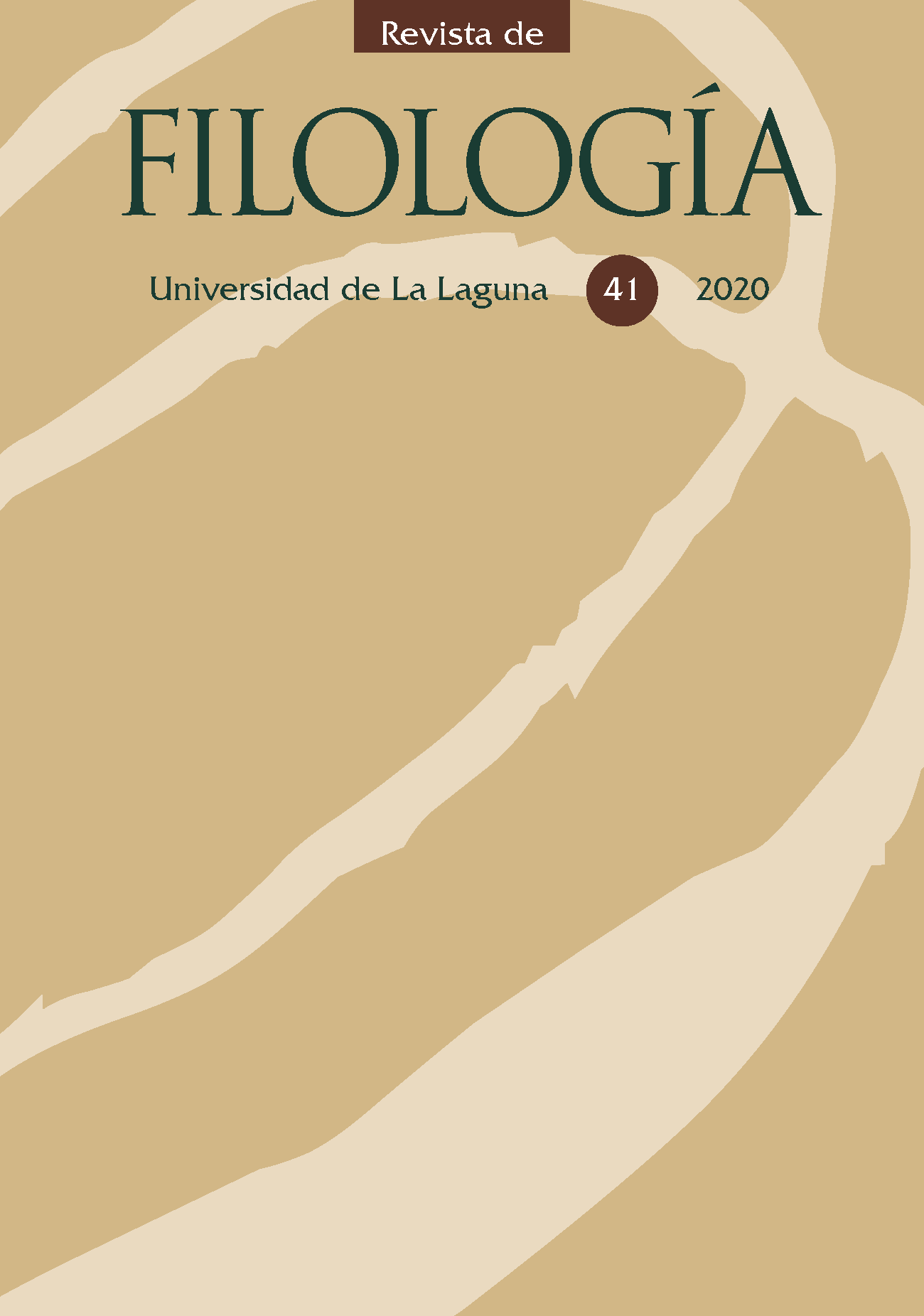Metaphor and metonymy as mechanisms to create euphemistic and dysphemistic verbal idioms
Abstract
This paper investigates the main metaphors and metonymies involved in the creation of euphemistic and dysphemistic idioms related to death, as regards to both ‘dying’ and ‘killing’. This study shows that the taboo of death does not only produce euphemisms, with the aim of mitigating the reference to the prohibited concept, but dysphemisms, with the opposite effect: to intensify the negative aspects of death. In addition to metaphors, metonymies also participate actively in the creation of euphemistic/dysphemistic idioms. Based on a metaphorical representation of death, most idioms take one part of the process of dying or the action of killing to refer to the whole event. This process of idiom formation is repeated both in euphemistic idioms, mostly focusing on religious concepts (e.g. acordarse Dios, descansar en paz and enviar al otro mundo), and dysphemistic idioms, which often represent people as animals based on the metaphor people are animals (e.g. arrancar el pescuezo, ir al matadero, and llevar al degolladero).
The works published in this journal are the property of their respective authors, who grant the Revista de Filología de la Universidad de La Laguna the right of first publication, as stated in our Authorship Rights Policy.









